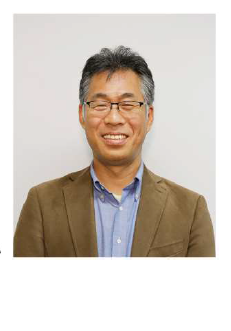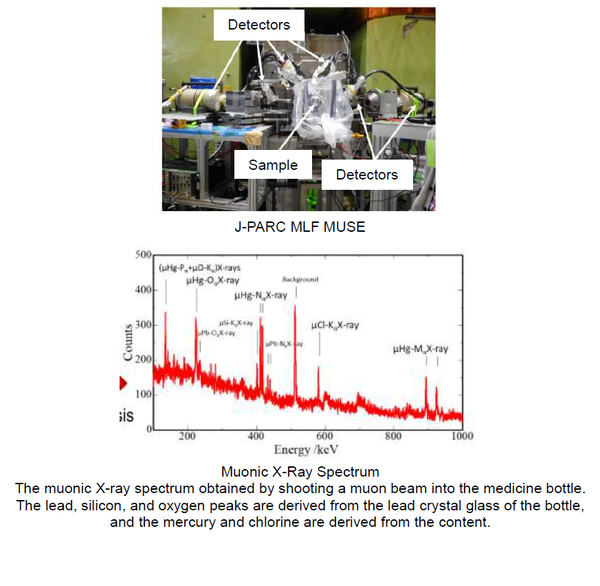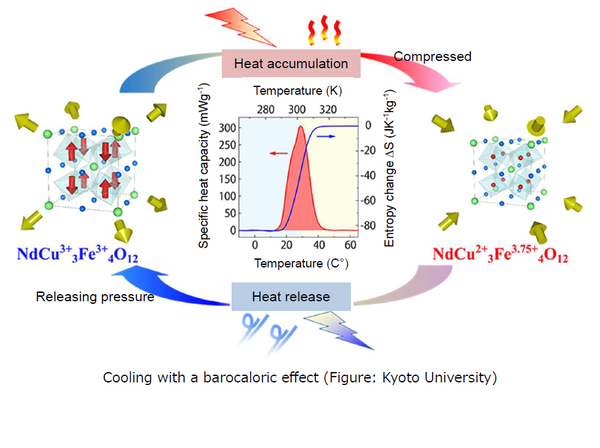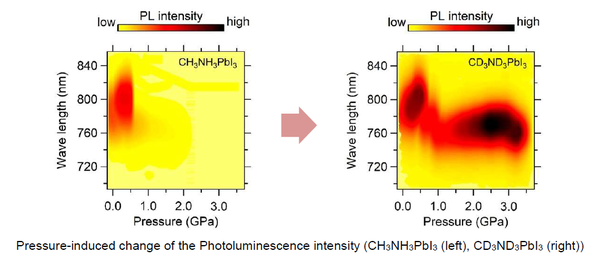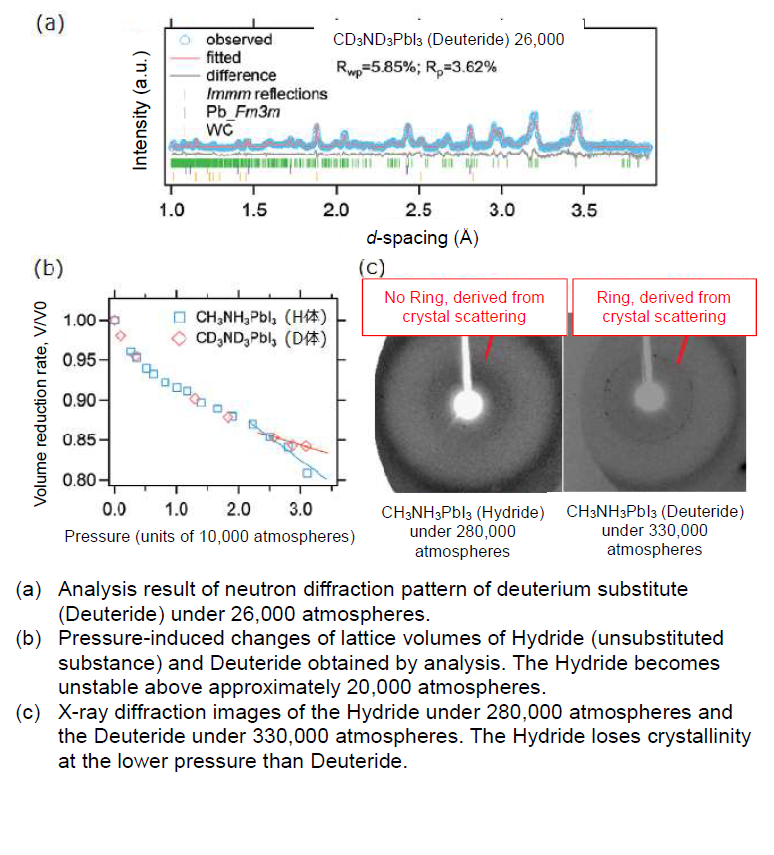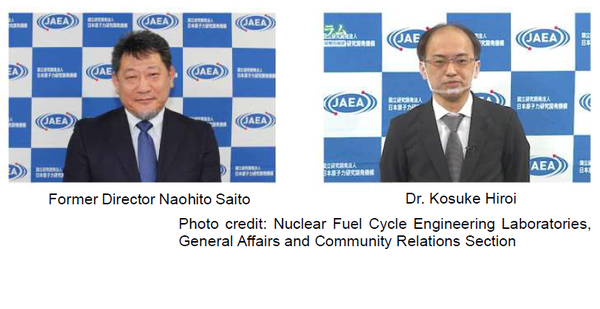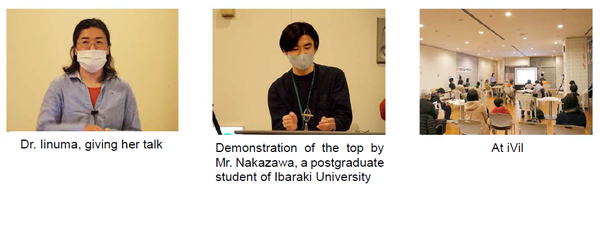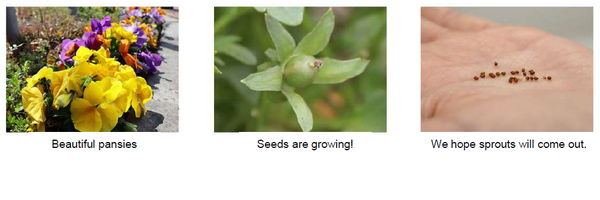J-PARC News April 2021 (Issue #192)
■ Messages from Dr. Takashi KOBAYASHI, who has been appointed as the Director of the J-PARC Center for three years, starting from April 2021
Due to strong cooperation of all parties involved, since the start of operation in 2008, J-PARC has made
numerous achievements in a wide variety of fields in particle and nuclear physics and material and life sciences.
By taking advantage of the characteristics of multi-purpose research complex and together with our users from
all over the world and members of the companies that have been involved, and for the purpose of creating new knowledge, we continue to promote collaboration with domestic and foreign institutions,
enhance industrial use, and aim to be a place for doing interdisciplinary projects. My mission is, while being attentive to safety, to nurture J-PARC to be contributing to the pride of Japan and to the development of human beings by sharing outputs from our studies widely with the people.
We look forward to your continuing understanding, guidance and encouragement. Takashi Kobayashi
■ Nondestructive Analysis of "Sealed Medicine Bottle" Left by OGATA Koan: Success in Using Muon Beam to Analyze Medicinal Cultural Property (March 17, Press Release)
Among many medicine bottles used and stored by OGATA Koan - a physician from the late Edo period, some bottles could not open because of their current state.
In order to identify the contents of medicine without destroying the bottles, Guest Professor Kyoko Takahashi and her colleagues at Osaka University have conducted elemental analysis using negative muons available at Muon Science Establishment (MUSE), J-PARC. While X-ray fluorescence analysis is limited to analysis of the surface of the material, the muonic X-rays generated via irradiation of sample with negative muons are high in energy so that we can distinguish the muonic X-rays generated from the medicine as well as that from the medicine bottles material.
As a result, the researchers successfully observed the mercury and chlorine signals which confirms that the medicine in one of the bottles contained mercury (I) chloride, referred to as kanko at that time. This result had been expected based on the results of historical pharmaceutical investigation of the character " 甘 " which was marked on the bottle. Moreover, the establishment of complete image regarding the materials will enable to obtain detail information which will be meaningful to modern society, and will also lead to the development of storage methods and environments to facilitate passing medicinal cultural property materials to future generations.
While advancing "research combining the humanities and the sciences" through the use of muon beams at MUSE, J-PARC, this research has indicated that negative muons are useful tool for nondestructive analysis of medicinal cultural properties. Further contributions to this field are expected.
■ Discovery of New Oxide Energetic Material Realizing Environmentally Friendly High-Efficiency Cooling System: Demonstration of Heat Control by Colossal Barocaloric Effect (March 25, Press Release)
It is said that 25 to 30% of the world's energy usage is used for cooling, such as air conditioning and the refrigerated storage of foods. Solid refrigerant cooling, in which the caloric effect is used to store and extract heat by controlling forces, such as pressure applied to a material, has been receiving significant attention in recent years as a next-generation cooling method. This is because it enables the equipment to be more compact and has a smaller environmental burden, compared to conventional gas compression cooling.
NdCu3Fe4O12, an iron oxide having an A-site-ordered quadruple perovskite structure, undergoes a phase transition due to a charge transfer between copper (Cu) and iron (Fe) in crystals near room temperature. On this occasion, Professor Shimakawa, et al. of Kyoto University and his collaborators discovered that there is a large transfer of heat at the time of the phase transition. Through the experiments using SPICA, a neutron diffractometer at J-PARC, it was found that this transfer of energy is due to a change in magnetic entropy (an index that indicates clutter at the micro-level of a system) resulting from matching of the direction of the spin (a magnetic property held by electrons) of iron (Fe) ions. Furthermore, it was demonstrated that the transfer of energy can be efficiently conducted by changing the pressure applied to this substance. It is expected that development will continue toward the establishment of environmentally friendly cooling systems, and that with this result as a guideline, the design of highly efficient solid materials using the caloric effect will proceed further.
■ Realization of Higher Efficiency and Longer Lifetime of Next-Generation Solar Cell Materials "Organic-Inorganic Hybrid Perovskites" by Pressure Application and Isotope Substitution (March 29, Press Release)
Due to their excellent photovoltaic performance and ease of synthesis, organic-inorganic hybrid perovskites which contain organic ions within perovskite structures are anticipated to be next-generation solar cell materials. The photovoltaic performance of these substances can be improved by decreasing the dimension of crystal lattice with pressure, but on the other hand, there has been an issue in which applying too much pressure distorts the crystal lattice, whereby further improvement of the characteristics cannot be anticipated.
Lingping Kong, et al. of Center for High Pressure Science and Technology Advanced Research have clarified that with regard to CH3NH3PbI3, a representative substance, substituting hydrogen in organic ions with deuterium to slow down the movement of hydrogen, which holds the key to suppress the distortion of crystal lattice, makes it possible to stabilize the structures up to a higher pressure. This enables the realization of a further improvement in photoluminescence (PL) intensity and life time. To investigate the origin of the suppression, high-pressure neutron diffraction and X-ray diffraction were conducted at BL11 PLANET in J-PARC and BL15U in Synchroton Radiation Facility, respectively. As a result, it was discovered that the distortion of octahedra in the crystal structures was actually suppressed by deuterium substitution. This method can also be applied to other hybrid perovskites having different organic molecules in the structure; thus, it will be helpful in the design of solar cells having higher performance and stability.
■ 15th Tokai Forum (March 22)
At the Tokai Forum, the activities at the research institutes of the Japan Atomic Energy Agency in Tokai Village are reported on. This year, due to the influence of COVID-19, recorded videos were released.
With regard to J-PARC, former Center Director Naohito Saito gave an overview of J-PARC, as well as, in terms of recent research results, reports regarding the results of our neutrino oscillation experiment and the discovery of a hypernucleus. Further, Kosuke Hiroi from the Neutron Science Section of the Materials & Life Science Division introduced magnetic imaging technique which uses the world's first pulsed neutron imaging instrument, and gave an explanation on its application studies aimed at improving energy efficiencies of magnetic industrial products.
■E07 Experiment "Observation of Be Double-Lambda Hypernucleus" Wins Outstanding Paper Award of Physical Society of Japan (March 19)
The paper published by the J-PARC E07 Experimental Group in the journal "Progress of
Theoretical and Experimental Physics" (published by the Physical Society of Japan) in 2019 has won the 26th (2021) Outstanding Paper Award of the Physical Society of Japan.
■ J-PARC Hello Science "Smallest Top in Space - Using Elementary Particles to Close in on the Beginning of the Universe!" (March 26, Tokai Industry and Information Plaza "iVil")
Just after the Big Bang, the birth of our universe, matter and antimatter were present in the same amount; why, despite this, does almost no antimatter currently exist? In order to investigate this CP violation, Associate Professor Hiromi Iinuma of the Department of Science at Ibaraki University is using a high-intensity, high-quality muon beam created at the Materials and Life Science Experimental Facility of J-PARC to advance preparations for an experiment in which precession will be precisely measured.
On this occasion, while spinning a top and causing precession, thereby carrying out an experiment of modeling the precession of muons, she discussed the impetus for considering the beginning of the universe.
■ J-PARC Hello Science Class at After-School Club (April 2, Okusu Funaba School Children’s Club
At Okusu Funaba School Children’s Club in Tokai Village, a spring holiday handicraft experiment class was held on the theme of tops.
At the class, which was aimed at schoolchildren from the third to sixth grades, participants used a compass to observe the line of magnetic force of each of a disc magnet and an electromagnet. Next, tops for which the center of gravity could be altered with a paper plate and a bolt were created and spun to carry out a precession experiment. In the top-making experiment for first- and second-graders, the small children received help from the teachers, as they were unable to skillfully embed the screws or skillfully spin the tops. Despite that, when the tops began to spin, adorable cheers could be heard all around.
"Muons," elementary particles which are being researched at J-PARC, move in a manner similar to tops. It is our hope that in addition to the children learning about the activities of J-PARC, which is located in their hometown, the surprise and fun they discovered in their handicrafts on this occasion will lead to an interest in science.
■Sanpo-michi #9: Pansies and J-PARC
In a flowerbed in front of the main entrance of the J-PARC Research Building, we planted pansy seedlings received from Shirakata Elementary School in gratitude for our experiment classes. These multicolored pansies result from generations of Shirakata Elementary School teachers taking seeds, sowing those seeds, and cultivating the flowers. We intend to carefully tend to the flowers so that they bloom in the flowerbed and the next seeds grow as well, keeping alive the DNA carried down from Shirakata Elementary School.
On April 1 at J-PARC, the Center Director and three Deputy Directors were all replaced, and large-scale personnel changes took place. By carrying on the DNA of previous staff members and accepting many new colleagues who have fresh abilities and individuality, we will aim for further leaps in the operations and application research of J-PARC. Furthermore, it is our hope that those who have departed J-PARC will also carry on the DNA they have cultivated at J-PARC and blossom in a new location.

